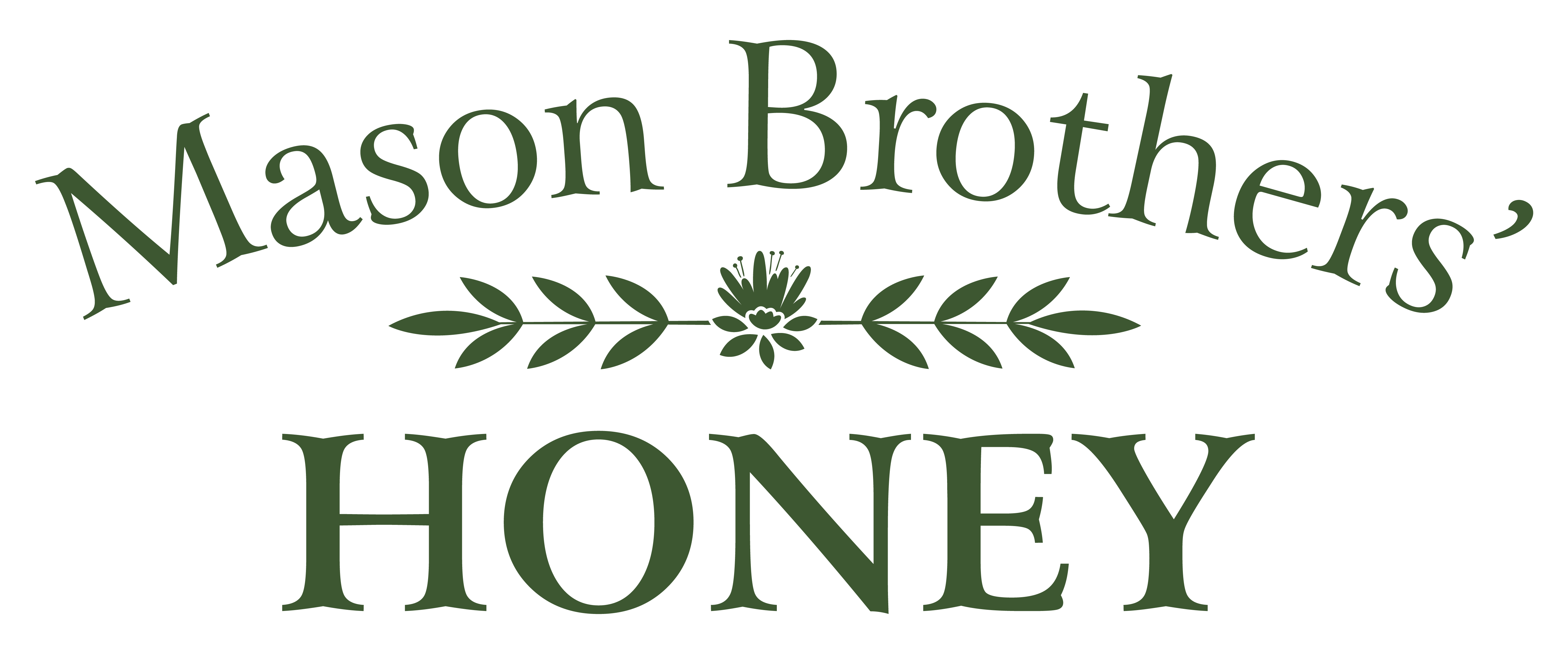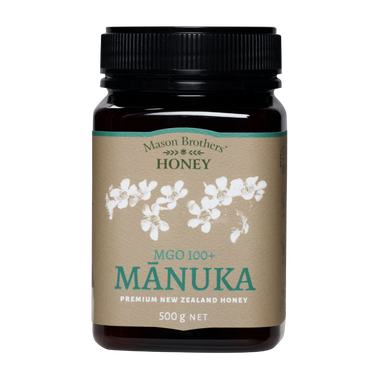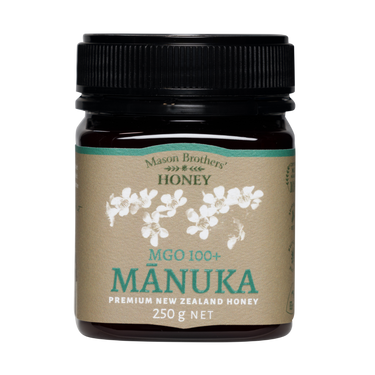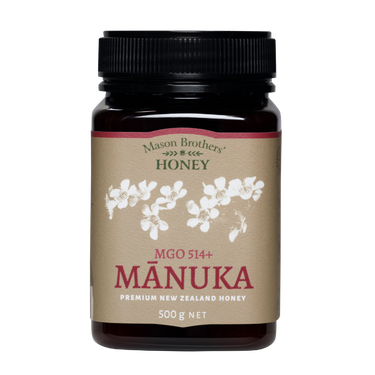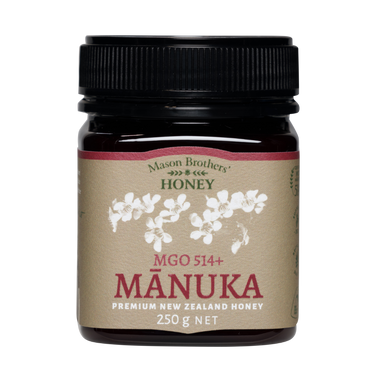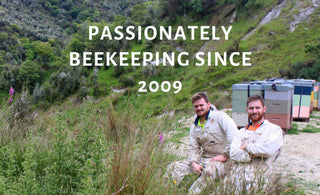
Inside the Bee Hives at Mason Brothers' Honey - May 2023
Welcome to Mason Brothers Honey, located in the Manawatu region of New Zealand. As the southern hemisphere embraces the autumn chill, the honey bee hives at Mason Brothers Honey are winding up for the season. Let's take a closer look at what's happening within the hives this month.
Preparing for Winter: In New Zealand, May marks the transition from autumn to winter. Honey bees at Mason Brothers Honey are diligently preparing for the colder months ahead. The worker bees are busy collecting nectar and pollen from the remaining flowers and plants, building up their winter reserves. These precious resources will sustain the hive during the colder and less abundant winter days.
Brood Rearing: Inside the hives, the queen bee has either stopped laying eggs or has greatly reduced the output. Usually around the shortest day she will start to increase laying again for the approaching spring.
Reduced Foraging: As the temperatures drop, the availability of nectar and pollen diminishes. This prompts the honey bees to reduce their foraging activities. The drones, male bees whose primary role is to mate with the queens, are kicked out of the hive as their presence becomes less vital for survival during the winter months.
Winter Cluster Formation: To withstand the cold weather, honey bees engage in a fascinating behaviour known as "winter cluster formation." As the outside temperatures drop, the worker bees huddle together in a tight cluster, creating a central warm area within the hive. The bees rotate from the colder outer layer to the warmer inner core, ensuring that each bee has a chance to warm up. This cooperative mechanism helps maintain the hive's temperature and ensures the survival of the colony during the winter.
Varroa Mite Management: We place great emphasis on the health and well-being of the colonies. During May, we continue to implement varroa mite management strategies. Varroa mites are external parasites that can weaken and decimate honey bee colonies. Regular monitoring, treatment, and integrated pest management techniques are crucial in keeping the mite infestations under control and maintaining the hive's vitality.
As we delve into the activities of the honey bee hives at Mason Brothers Honey in New Zealand during May, we witness the remarkable overwintering of a community insect. Unlike many other bees who only overwinter the queens, honey bees attempt to bring the entire colony through the winter. As we bid farewell to the autumn season and embrace winter's arrival, we are reminded of the indispensable role honey bees play in our ecosystem and the extraordinary efforts they undertake to ensure their survival.
